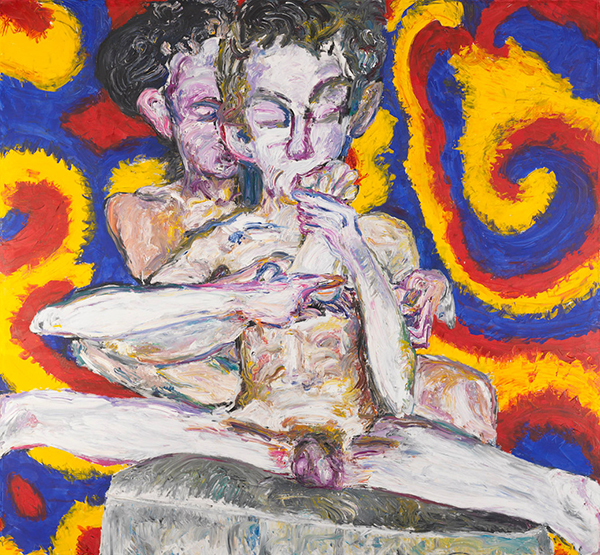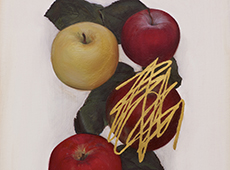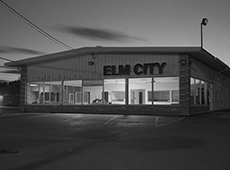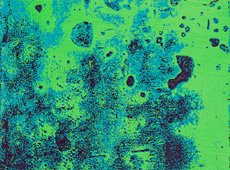The degree to which the painter is transformed by their process is the degree by which the viewer can be transformed by, or enabled to “enter,” the painting. It’s not a finite record or exchange, but in the face of that genuine and meaningful articulation of transformation, the viewer does feel it, does “know it.”

© Jim Herbert. Courtesy of the artist and Life on Mars Gallery Photograph: Brian Buckley
Disclaimer: I came for the paintings and stayed for the paintings, because the five that are the whole of “Painting Impossible” return me to a time (seems long ago now) when paint-handling and composition mattered most.
I’d been thinking about all the “unfinished-ness” in painting, the pre-occupation with it; about Raphael Rubinstein on “provisionality,” and about Sharon Butler on the casual and the “not-quite-right.”
Here’s Butler, in email:
“Casualism isn’t necessarily a style.
It was this thing about “irresolution”–its sudden primacy–that I asked about first when I met with painter Michael David, who curated and opened the show last week. Here are four snips:
Butler’s term “irresolution” is an important one. I think it serves as a signifier of process and hand.
There are commonalities between the painters in this exhibition and Meta Painting–New Casualism, Provisional Painting and New Mannerism. There are also differences. One of the greatest differences is the degree of irresolution that painters in this show choose to maintain. Bienvenu, Bradford, Herbert, Mesches and Schwartz immerse themselves in the process of painting, combining a focus on the intentionality of drawing and gestural handling that results in personal narrative–and often the use of figuration.
I think about Harold Rosenberg’s referring to Action Painting, like boxing and “rounds.” Perhaps the painters in the “Painting Impossible” go a few more rounds than the Meta Painters. Not a value judgement, just a difference.
More on narrative and process. Look at Karen Schwartz’s “Shadow of His Former Self,” specifically the difference in the physical depths of each panel, and the release and control of the drawing. The tension between the split depth of the supports and the paint application serve as an intuitive and brilliant actualization of the psychological subject matter of the painting.
And there’s Katherine Bradford’s work. It’s strongly self-referential in that the subject matter depicts a crucially ambiguous, but intimately specific search for self-identity mirrored beautifully in her handling of paint and use of iconographic imagery re-contextualized that raises the question of how does one relate to this culture and it’s myths.
Information comes at us so quickly and from so many directions. The painters in this show share a concern with what is crucial to themselves as individuals and the process of painting. It’s this reassertion of the Individual and the hand (the act of painting) in the face of the Digital Barrage that gives their works a renewed meaning, urgency, and relevancy.
The degree to which the painter is transformed by their process is the degree by which the viewer can be transformed by, or enabled to “enter,” the painting. It’s not a finite record or exchange, but in the face of that genuine and meaningful articulation of transformation, the viewer does feel it, does “know it.” The further the painter lets go of everything before they pull it back together the more expansive the experience; and the more acceptance there is of the concept that we are part of something larger than ourselves that can be known, but not fully understood. (reprised)
Painting Impossible is on view at Life on Mars Gallery, Bushwick, through 22 December.
Subscribe to Tilted Arc
If you like this story, please consider subscribing. We are sticklers for privacy.
We will never sell or share your e-mail address.



